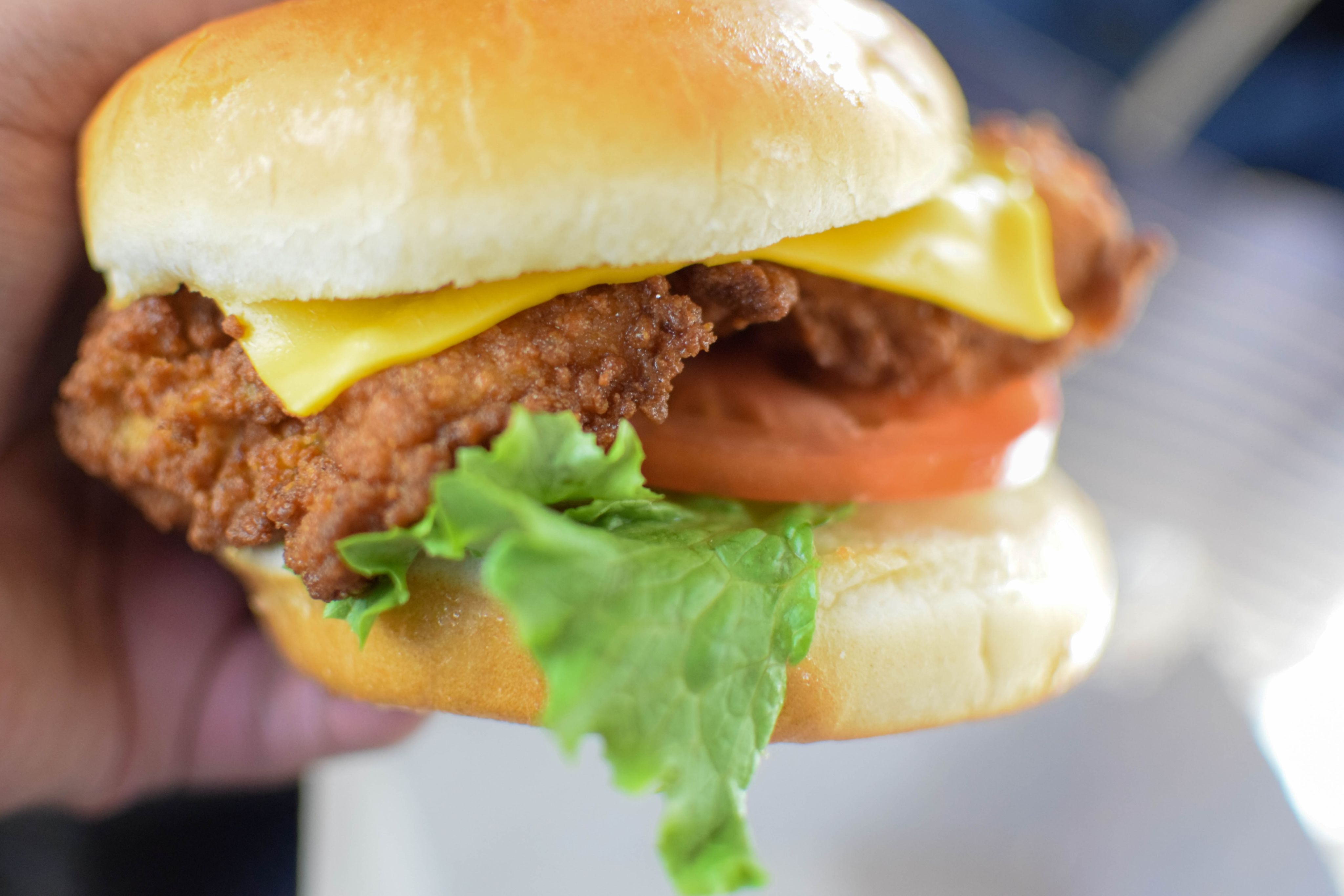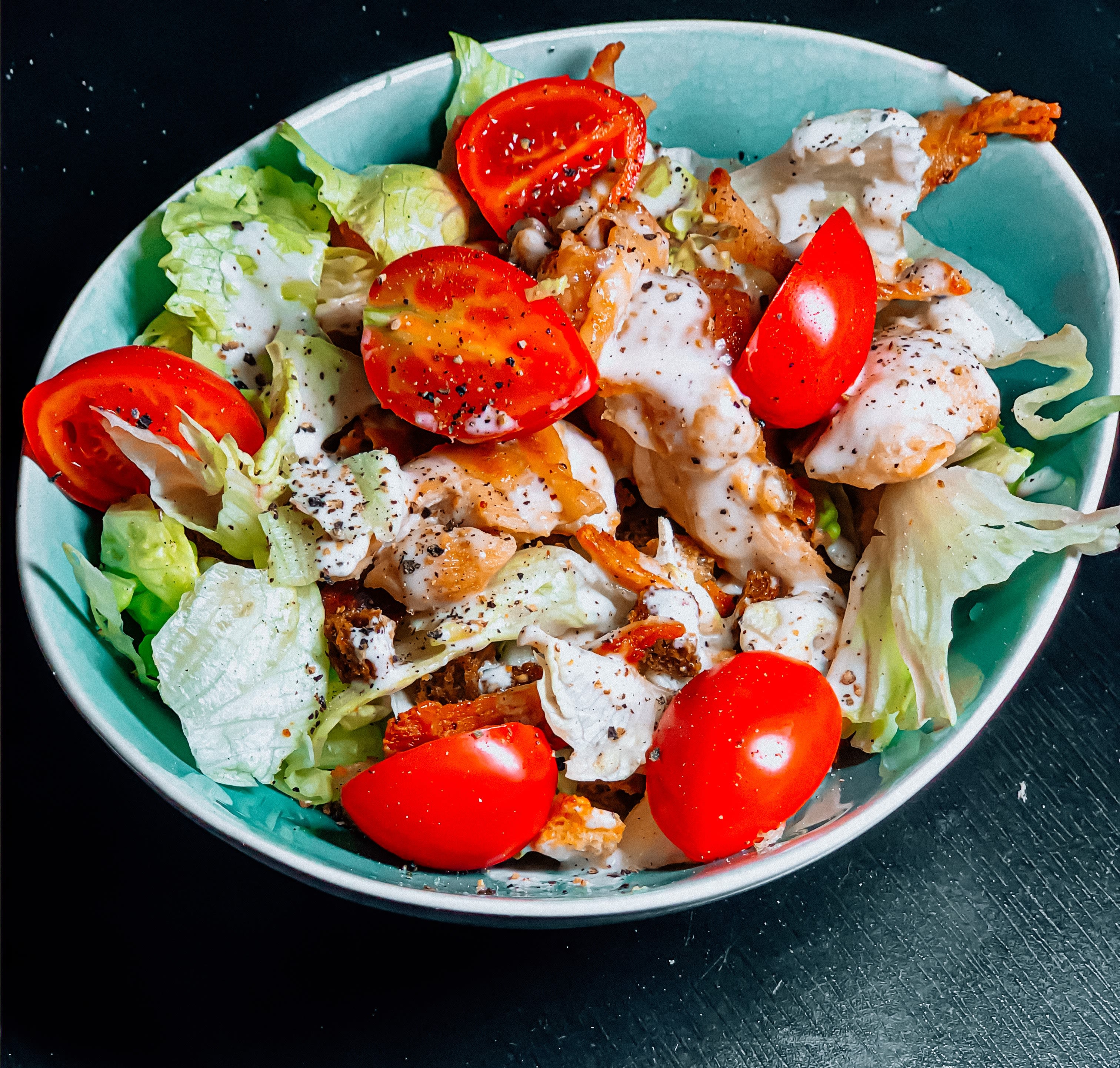How healthy we are eating right now
in the U.S.?

We could find the recommended daily calorie intake of 2,000 on the package of all of your favorite foods, snacks, and drinks.
However...Do people in the U.S. take it seriously in general? Let's see how many calories a typical American is eating every day.
A typical American eats 3782 Kcal now!

A typical American eats 3,778 Kcal per day, while the recommended is 2000 Kcal.
So... you may wonder...
How is the rest of the world doing? Are they "overeating" as well?
Unfortunately, the U.S. is "leading" the world ( #2 in 2018). Let's take a deeper look at where this "3,778 Kcal" would possibly come from.

Photo by Brett Zeck on Unsplash
Are you hungry now? Let's take a look at Krispy Kreme original glazed donut......as a pie!

Photo by Heather Ford on Unsplash
Photo by Heather Ford on Unsplash

Photo by Elena Koycheva on Unsplash
Photo by Elena Koycheva on Unsplash
So people talks about Fat, Carbohydrate, Protein all the time. But do you really know what they really mean to your body and how they different from each other?
Basically, they are three sources of energy that keep our bodies keep work!
Carb
Help us "fuel" our bodies
Contributes to 45-65% of calories per day (recommended for an average person)
FAT
"For insulation and protection of your organ"
Contributes to 20-35% of your total daily calories
Protein
"provides structure to the tissue"
It's recommended to eat 0.8 grams of protein per kilogram of body weight per day
How much energy that each macronutrient provides?
|
Fat |
Carb |
Protein |
|---|---|---|
|
9 Cal/gram |
4 Cal/gram |
4 Cal/gram |

Photo by Pickled Stardust on Unsplash
YES!
The Composition of Macronutrients also matters

Photo by Jacinto Diego on Unsplash
Photo by Jacinto Diego on Unsplash
Chicken Sandwich (400 Kcal)

Photo by Alina Chernysheva on Unsplash
Photo by Alina Chernysheva on Unsplash
Shrimp Salad (400 Kcal)
Both of them are 400 Calories. But...

And Unhealthy diet causes problem:
OBESITY!

Obesity problem among Adults is getting worse....
And Unfortunately, teenagers are also influenced....

Photo by Joseph Chan on Unsplash

Photo by Kenny Eliason on Unsplash
Call to Action

What can we do to eat healthy

1. Understand Nutrition Label
FDA Website provides a comprehensive guide on how to understand the nutrition label available on packaged food products.
Learn more about:
- Serving Information
- Calories
- Nutrients
- % Daily Value

Photo by Paul Hanaoka on Unsplash
Photo by Paul Hanaoka on Unsplash
2. Wisely Plan your meals on a daily basis
It's ok to eat some cheat meals like Buffalo Wings, your favorite pizza, Cheesecake, and so on occasionally. We just need to plan the meals according to nutrition and set a limit!
Verywellfit provides an example 7-day 2000-calorie plan for you to start with! You can always CREATE YOUR OWN once you understand the nutrition label!

Photo by Carlos Muza on Unsplash
Photo by Carlos Muza on Unsplash
3. Too Lazy to investigate the nutrition and ingredients yourself? Check Fouducate!
Fouducate provides the rating on packaged food based on nutrients and ingredients! It could be a good starting point to understand healthy vs unhealthy food choice!

Source
https://www.cdc.gov/obesity/data/index.html
https://www.cdc.gov/obesity/data/childhood.html
https://www.mcdonalds.com/us/en-us/product/mcchicken.html
https://www.fatsecret.com/calories-nutrition/mcdonalds/mcchicken
https://ourworldindata.org/grapher/share-of-adults-defined-as-obese?tab=chart
https://www.niddk.nih.gov/health-information/health-statistics/overweight-obesity
https://www.tfah.org/report-details/state-of-obesity-2022/#:~:text=Nationally%2C%2041.9%20percent%20of%20adults,obesity%20rate%20of%2041.4%20percent.
https://diferr.com/differences-between-carbohydrates-proteins-and-fats/
